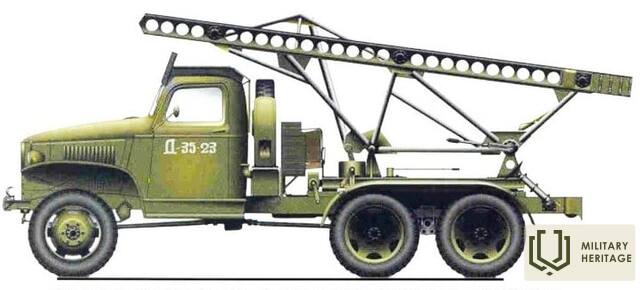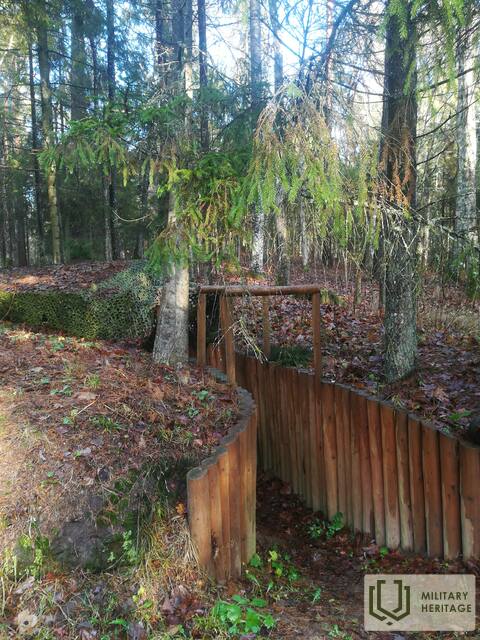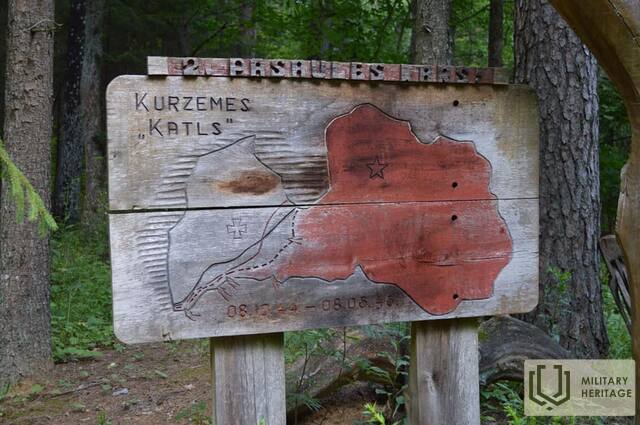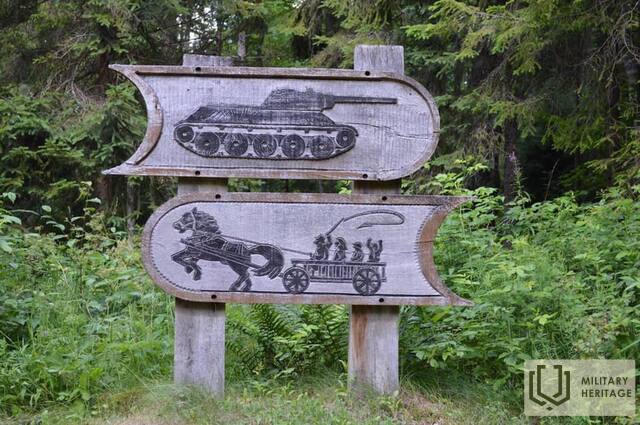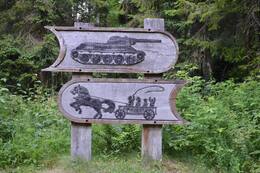Aizvīki Kurzeme katlas
Aizvīķi pargis on endiselt selgelt näha Teise maailmasõja punkrite, kaevikute ja kaponieride vallide jäänuseid, kus hoiti relvi. Üks relvaliikidest oli Katjuša raketiheitjasüsteem.
Kurzeme katla ajal 8. oktoobrist 1944 kuni 8. maini 1945 oli Aizvīķu ümbrus Nõukogude armee rinde 2. liin ehk varustusliin, kuid parki ehitati kaevikud ja punkrid ning koht mitmesuguste relvade hoidmiseks. Üks neist relvadest oli Katjuša raketiheitjasüsteem, mis ehitati Ameerika Studebaker US-6 veoauto baasil. Lühidalt selle lahingumasina ajaloost -
17. juunil 1941 toimus Moskva polügoonil Punaarmee uue sõjavarustuse esitlus, viimasena demonstreeriti uusimat raketiheitjasüsteemi. Demonstratsioon jättis juhtkonnale väga hea mulje. Käsk nende lahingumasinate seeriatootmise alustamiseks allkirjastati vaid 3 päeva pärast, kui sõja alguseni oli jäänud vaid paar tundi. 26. juunil valmisid Voroneži tehases kaks esimest seeriatootmises sõidukit, mis said tähise BM-13. Need olid mõeldud 132 mm rakettide mürskude laskmiseks. See kanderakett paigaldati ZIS-6 veoauto baasil. Pärast salve tulistamist muutis raketisüsteem kiiresti oma asukohta, et mitte sattuda vasturünnaku alla. Ülemad pidid iga sõiduki kaotuse eest rangelt vastutama.
1943. aasta aprillis hakati tootmisse ühtne raketiheitjasüsteem BM-13N, mille eesmärk oli parandada masina tehnilisi omadusi ja muuta tootmine odavamaks. BM-13 N põhines peamiselt Ameerika Studebaker US-6 veoautol, mis imporditi NSV Liitu lend-liisingu tingimustel. BM-13N oli võimeline laskemoona välja lasta kuni 8,5 km kaugusele ja kandis 5-7-liikmelise meeskonnaga 16 mürsku.
Aizvīķi pargis asus mitu sellist raketiheitjasüsteemi isegi pärast Teise maailmasõja lõppu ning need kohad on looduses selgelt nähtavad.
Seotud ajajoon
Seotud objektid
Teise maailmasõja tunnistused Aizvīķi pargis
Aizvīķi mõisapark asub Aizvīķis Gramzda vallas, vaid mõne kilomeetri kaugusel Leedu piirist.
Aizvīķi pargis on Teise maailmasõja aegsete punkrite ja kaevikute asukohad endiselt selgelt nähtavad. Üks relvaliikidest oli raketiheitjasüsteem "Katyusha". Mitmeid selliseid raketiheitjasüsteeme asus Aizvīķi pargis isegi pärast Teise maailmasõja lõppu ning need kohad (kaponöörid) on looduses selgelt nähtavad.
See ainulaadne metsapark, mida ümbritsevad saladused ja legendid, loodi 19. sajandi lõpus Aizvīķi mõisapargina, kui mõisa parun von Korf istutas lähedalasuvale künklikule maale männi- ja kuusemetsa. Hiljem rajati 40 hektari suurusele alale matkarajad, istutati ka teisi puuliike ja rajati faasanite aed.
Lisaks maalilistele metsamaastikele on seal ka puidust muinasjutu- ja legenditegelased ning kiviskulptuurid, mis jutustavad reisijatele Aizvīķi ajaloost pärit sündmusi ja tähistavad pargi kultuuri- ja ajaloolisi paiku. Pargis on ka roheline klass.
Aizvīķi mõisapargi kultuuri- ja ajaloopärandi paremaks avastamiseks soovitame kasutada giidi teenuseid.
Punaarmee punker ja kaponöörid Aizvīķi pargis
Aizvīķi mõisapark asub Aizvīķis Gramzda vallas, vaid mõne kilomeetri kaugusel Leedu piirist.
Aizvīķi pargis on endiselt selgelt näha Teise maailmasõja punkrite ja kaevikute asupaigad. Pargis on taastatud Punaarmee punker.
Üks Teise maailmasõja aegseid relvaliike oli Katjuša raketiheitjasüsteem. Aizvīķi pargis asus mitu sellist raketiheitjasüsteemi ja need kohad (kaponeerid) on looduses tänapäevalgi selgelt nähtavad.
Aizvīķi mõisapargi kultuuri- ja ajaloopärandi paremaks avastamiseks soovitame kasutada giidi teenuseid.




